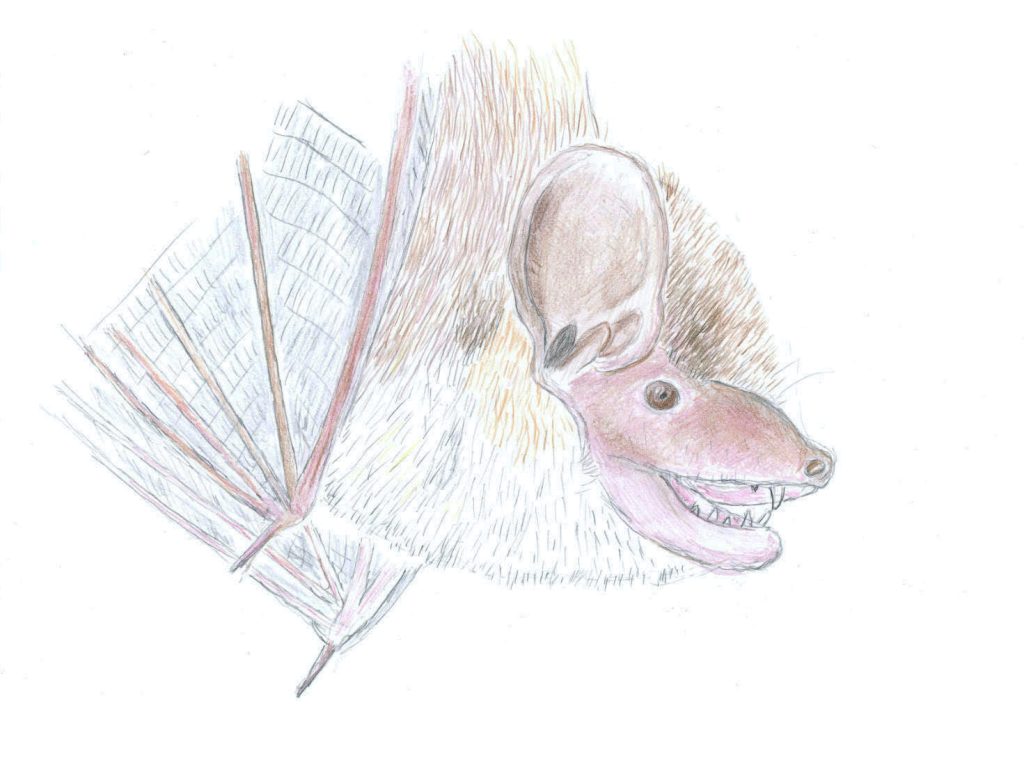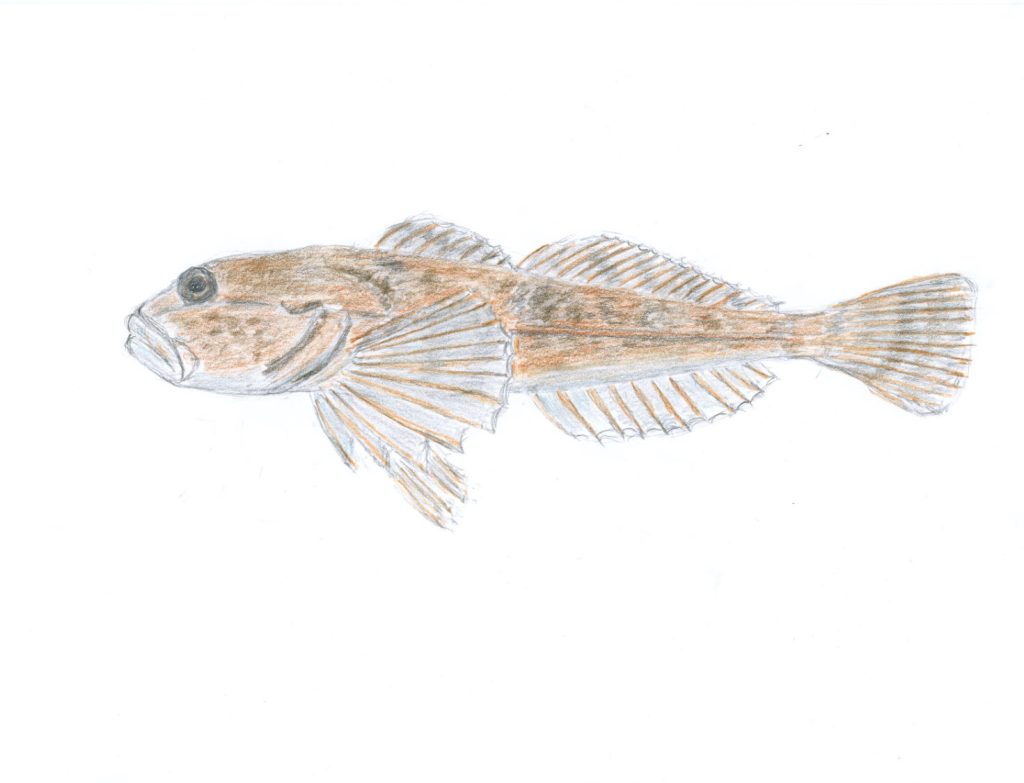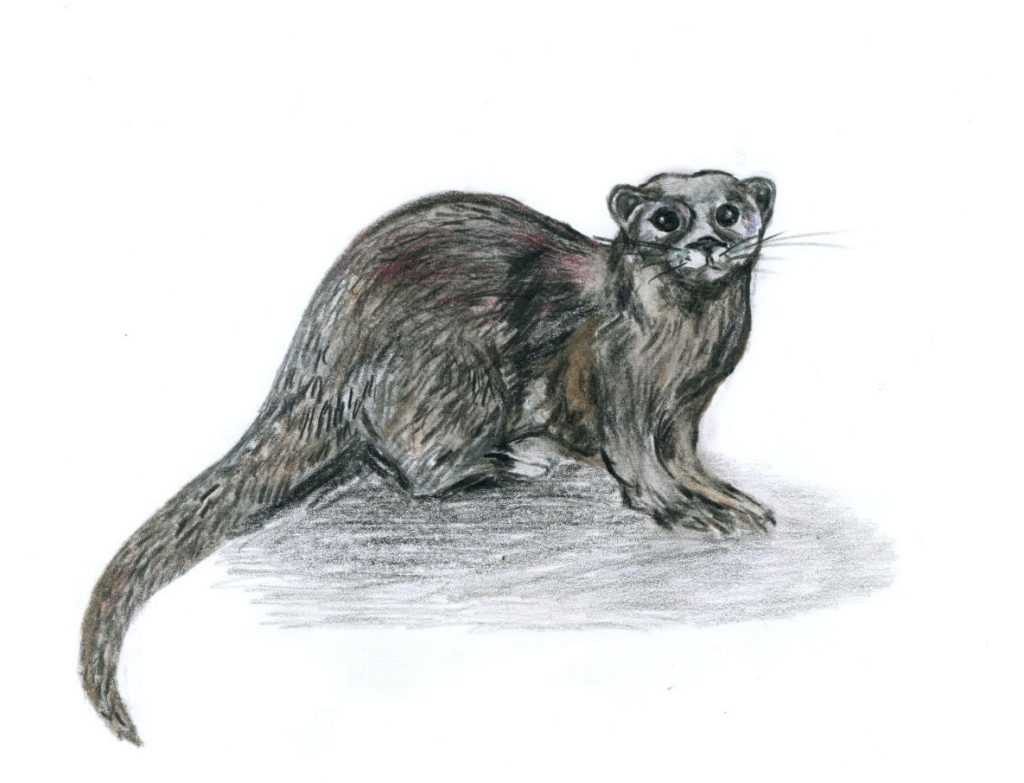Animals
Species that are protected or part of conservation programmes to prevent extinction.
Beaver
Large semiaquatic rodent with a body length of 100–140 cm, flat tail and strong front teeth capable of felling trees. Beavers leave characteristic chew marks. Live mostly in the water. Observed at Döda fallet.

Freshwater pearl mussel
Part of a programme aiming to improve the environment in their habitat, restore waterways and replant the mussels. Observed in the River Ammerån.

"Karelsk barkfluga"
An insect up to 12 mm long, the fly-maggots are primarily found on aspen, one to five years after the tree died. The fly-blows develop underneath the bark. Sightings in the nature reserve Märatjärnberget.

Northern bat
Similar to all other bats this is a small protected species. Its adult weight is about 11 gram. Probably the most common species of bats in Sweden but the number seems to be declining. Sightings at Döda fallet.

European bullhead
Freshwater fish up to 10 cm long, with a large broad head, wide mouth and a tapering body. Eats mostly insects and crustaceans. Observed in the nature reserve River Ammerån.

Common noctula
The largest of the bats in Sweden, adults about 7.5 cm long and weigh 28 gram. Protected. Prefers living in hollow trees. Sightings near one of the sites of interest in Geopark Indalsälven, Koviken.

European Lepidoptera
Highly threatened moth, with problems finding habitats. Eggs are laid on the underside of the baneberry leaves. Sightings in the nature reserve Revaberget.

Otter
Mammal previously threatened due to hunting and toxins. Active at night, it lives in the water and feeds on easy prey for example fish. Sightings in the nature reserve River Ammerån.

Daubenton’s bat
Small bat with a wingspan of 23–27 cm. Emerges at twilight to hunt for insects over the water, including mayflies, flies and beetles. The bat has been observed at Döda fallet.

Brown long-eared bat
Common bat with very distinctive looks, with its over-sized ears for excellent hearing. Prefers to fly at night when the darkness protects them from birds of prey. The Brown long-eared bat has been observed at Döda fallet.

Black woodpecker
The largest woodpecker in Sweden. Nests high up in pine and aspen trees, in holes. Evacuated holes are taken over by new species such as owls and jackdaws. Feeds on ants and other insects. Sightings in several of Ragunda´s nature reserve.

Eurasian three-toed woodpecker
Only equipped with three toes, two forward and one rear, it is smaller than the other woodpeckers. A timid species but sighted in several of Ragunda´s nature reserve e.g. Jansmyrberget and Orrmyrberget.

